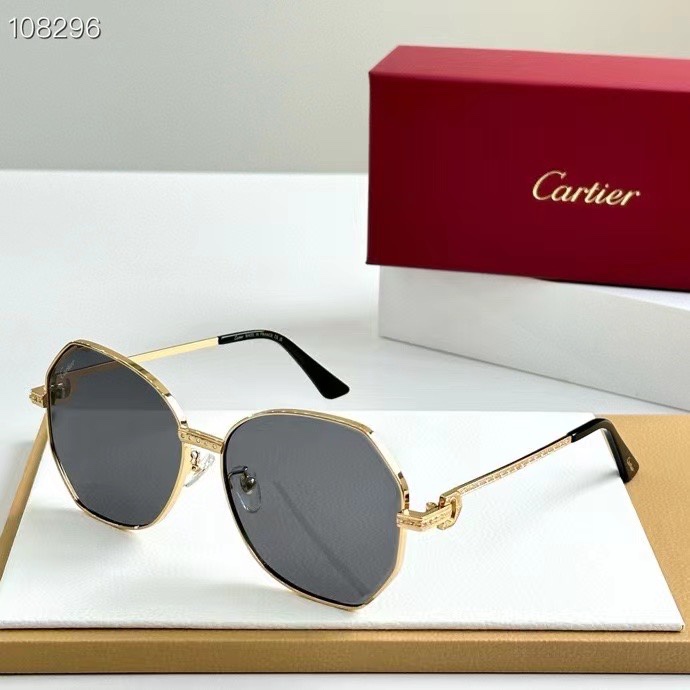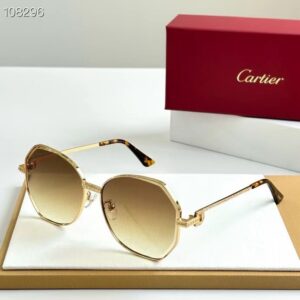The Emergence of Replica Sunglasses in the 1990s
The 1990s marked a significant turning point in fashion, particularly with the emergence of replica sunglasses as a prominent accessory. During this decade, the world witnessed an explosion of celebrity culture, where trends were significantly influenced by high-profile figures, from movie stars to musicians. This created an aura of exclusivity surrounding designer eyewear, making it highly sought after yet financially unattainable for the average consumer. Consequently, there arose a strong desire for stylish eyewear, leading to the demand for affordable alternatives.
Manufacturing technologies advanced during this time, allowing for the mass production of affordable sunglasses that closely resembled luxury brands. As a result, many consumers looked to replicate the aesthetics of high-end eyewear without the associated price tag. This boom in demand was met with an increase in the production of replica sunglasses that emulated popular designs from brands such as Ray-Ban, Gucci, and Versace. These replicas began to flood the market, appearing in various settings from street vendors to upscale boutiques.
Major fashion brands were simultaneously creating iconic designs that captured public attention. The bold shapes and vibrant colors of sunglasses became synonymous with style, further establishing the necessity of having fashionable eyewear. As replicas began to gain traction, they sparked debates regarding authenticity and originality in fashion. While some purists criticized replicas for lacking authenticity, others embraced the opportunity to express their individual style without the burden of financial constraints.
This decade laid the groundwork for a culture in which the lines between original designs and alternatives would blur, nurturing the market for replica sunglasses. The trend set in motion during the 1990s would have lasting effects as it transitioned into the following decade, paving the way for even more variations in style, availability, and consumer acceptance.
The Cultural Shift: Sunglasses as a Fashion Statement
During the 1990s, sunglasses underwent a remarkable transformation, evolving from mere functional accessories to prominent fashion statements. This cultural shift can be attributed to various influences from popular media, music, and film, which collectively began to shape consumer perceptions of style and identity. For many, sunglasses became synonymous with coolness and status, propelled by iconic figures in the entertainment industry who showcased trendy eyewear in their work and public appearances.
The rise of hip-hop and pop culture during this decade played a pivotal role in harnessing the allure of sunglasses as more than just eye protection. Artists like Tupac Shakur and Madonna often sported bold eyewear designs, sparking interest in statement pieces that conveyed personal style and attitude. The visibility of these styles in music videos further solidified their place in the fashion landscape, leading many fans to emulate their favorite stars.
Film also contributed significantly to this fashion revolution. Iconic characters from movies often wore sunglasses that became symbols of their personas. In films such as “The Matrix” and “Men in Black,” sleek, futuristic designs captured the imagination of audiences, creating a desire for similar styles among the general public. This immediate association with fame and glamour encouraged consumers to seek out more affordable replicas of these distinctive designs, effectively fueling the market for imitation sunglasses.
As a result of these cultural influences, the demand for replica sunglasses surged. Consumers began to prioritize style over the traditional notions of luxury, opting for trendy options that reflected their personalities without the hefty price tag. This trend of seeking affordable alternatives lived in harmony with the evolving fashion landscape, enabling many individuals to express themselves through their choice of eyewear. The interplay between pop culture and fashion during the 1990s marked a significant milestone in redefining sunglasses as a vital element of personal expression and style.
The Boom of Knockoff Sunglasses in the 2000s
The early 2000s marked a significant turning point in the fashion industry, particularly within the realm of accessories such as sunglasses. As technology advanced, the rise of the internet and e-commerce platforms revolutionized consumer behavior, allowing for widespread access to a variety of products, including knockoff sunglasses. This unprecedented accessibility resulted in soaring demand for affordable alternatives to high-end eyewear. Online shopping became a convenient solution for budget-conscious consumers who sought fashionable sunglasses at a fraction of the designer price.
Marketing strategies tailored to this new digital landscape played an essential role in amplifying the demand for replica sunglasses. Social media platforms burgeoned during this time, creating a vibrant space for brands, influencers, and consumers to interact. Celebrity endorsements further fueled interest in replicas, as stars donned affordable versions of luxury sunglasses, effectively normalizing the trend. These marketing tactics led to a cultural shift where ownership of stylish sunglasses was no longer restricted to those with high disposable income, thus driving the popularity of knockoff styles.
Furthermore, globalization significantly influenced the production and distribution of sunglasses. Countries with lower manufacturing costs became prominent players in the eyewear sector, enabling fast-fashion retailers to source attractive designs at reduced prices. This phenomenon allowed for an influx of replica sunglasses flooding the market, offering a myriad of styles to consumers worldwide. As fast-fashion retailers thrived, they effectively transformed the sunglasses market landscape, contributing to a growing acceptance of knockoff products. This trend not only highlighted the power of consumer choice but also reshaped the dynamics of fashion consumption, making it emblematic of the 2000s.
Consumer Attitudes and Legal Challenges
The emergence of replica sunglasses has generated a complex interplay between consumer attitudes and legal considerations. As fashion becomes increasingly accessible, many consumers are drawn to affordable alternatives that approximate the design of high-end brands. This attraction often lies in the desire for stylish accessories without the associated financial burden of purchasing genuine products. Many consumers justify their choice of replica sunglasses by rationalizing that they are not only saving money but also enjoying the same aesthetic appeal that luxury brands offer. Such attitudes highlight a broader cultural shift towards prioritizing personal style over brand loyalty.
However, the influx of replica products raises significant ethical questions, particularly around intellectual property rights. Original brands express concern that the proliferation of counterfeits dilutes their brand identity and undermines their ability to control their market. Legal challenges are prevalent, as these brands pursue various avenues to combat counterfeits, including litigation and brand protection initiatives. However, the global nature of commerce complicates enforcement, and proprietary rights often vary across jurisdictions, making it difficult for brands to maintain a unified stance against replicas.
Consumer attitudes are not static; they are evolving in response to increasing awareness of these legal implications. As discussions around sustainability and ethical consumption gain traction, some consumers are beginning to reconsider their support for replica products. The ongoing dialogue surrounding fashion accessibility and ethical responsibility will likely shape future trends in both consumer behavior and legal frameworks. In this evolving landscape, brands may need to adapt their strategies to engage more consciously with consumers while navigating the complexities of intellectual property law.



